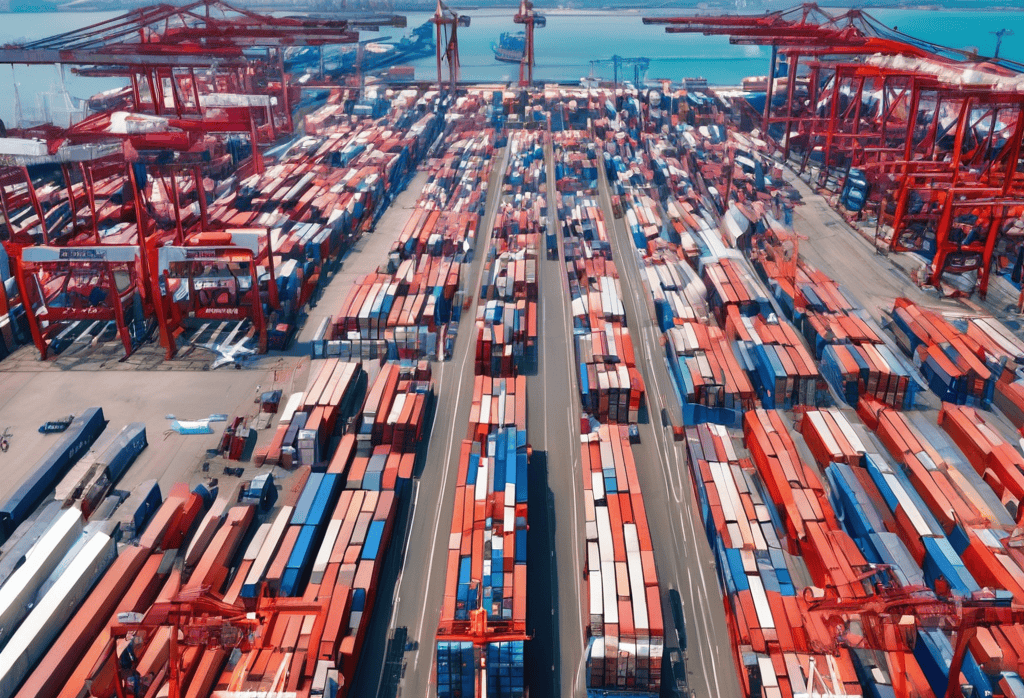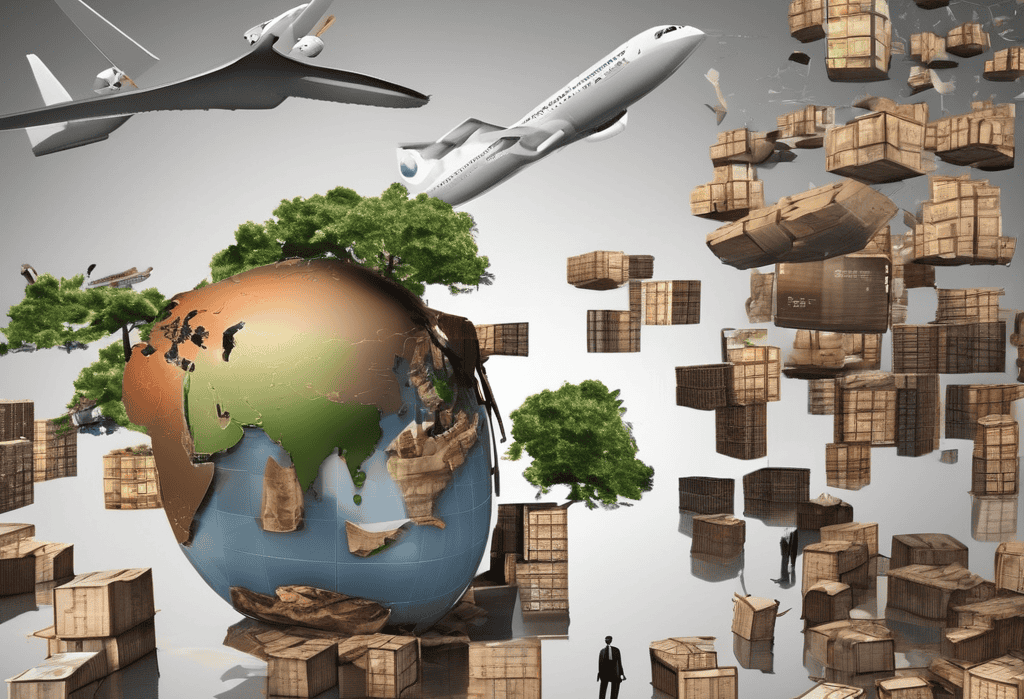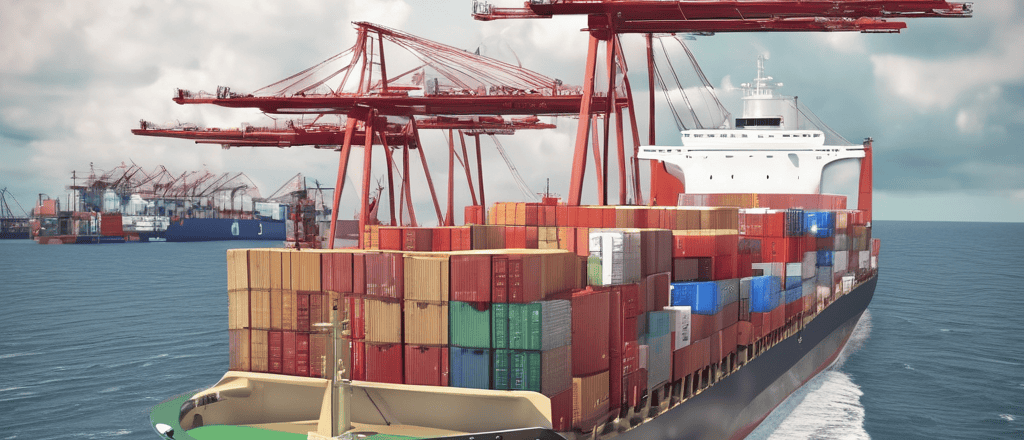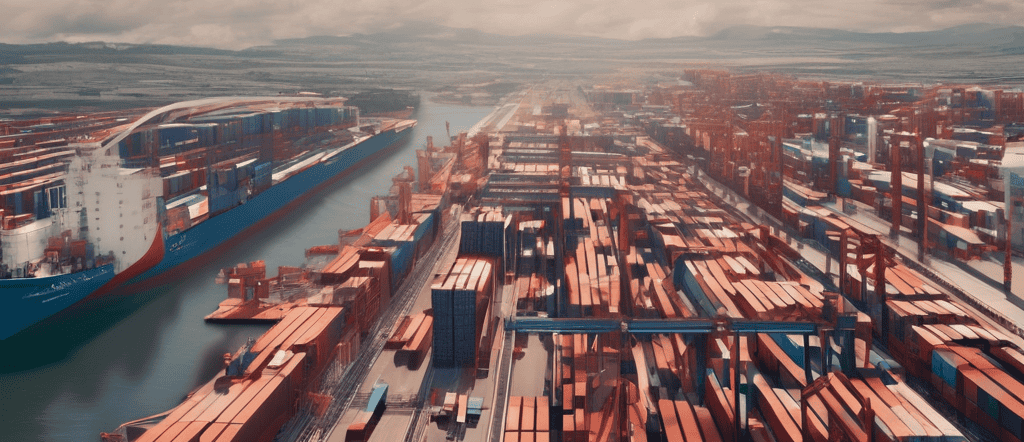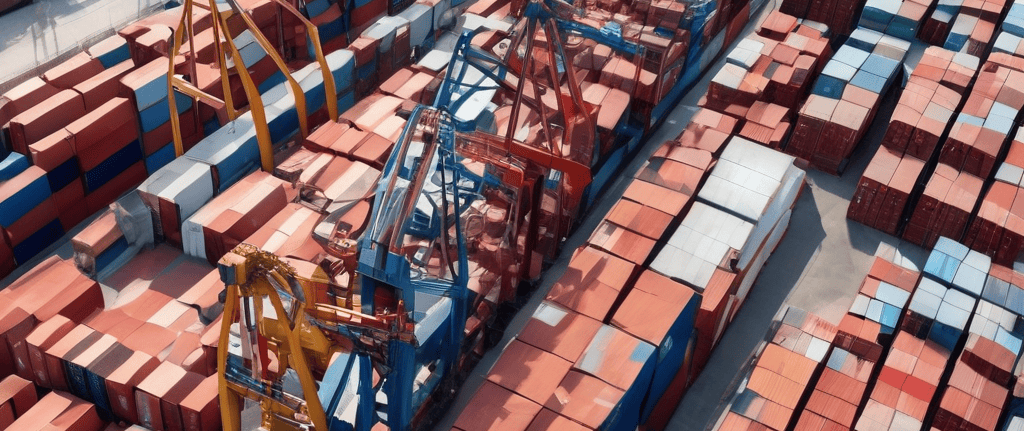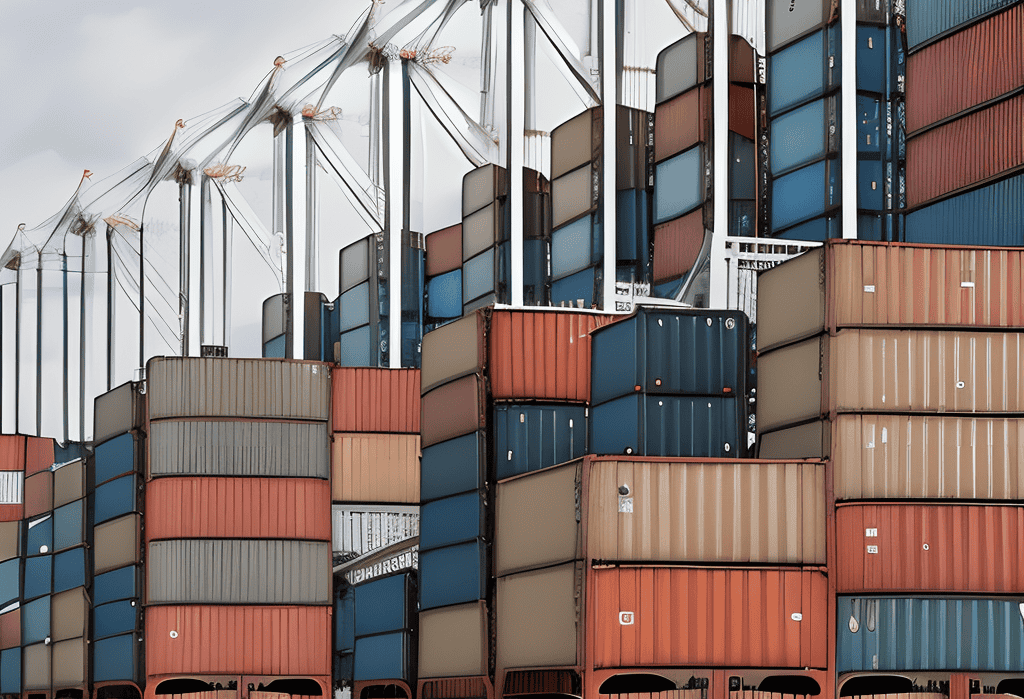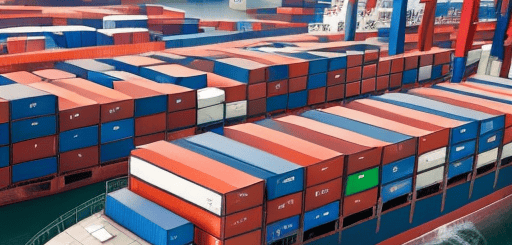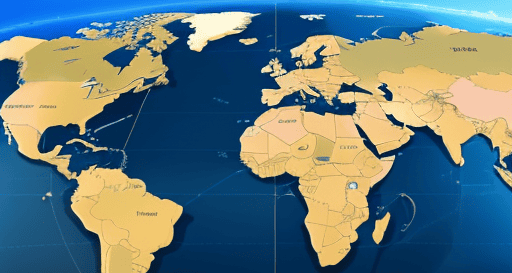China's influence in international trade is indisputable, driven by its substantial trade volumes, key trade partnerships, and pivotal role in global supply chains. As a major exporter and importer, China's trade policies and economic decisions have significant implications for the global economy. Understanding China's influence in international trade is crucial for policymakers, businesses, and stakeholders worldwide. Monitoring China's trade dynamics, relationships with trade partners, and its evolving role in global supply chains is essential for navigating the intricacies of today's interconnected global trade system.
China's Trade Volume
China's trade volume has experienced remarkable growth over the past few decades. According to the World Trade Organization (WTO), China became the world's largest exporter in 2009 and has maintained this position since then. In 2020, China's merchandise exports totaled approximately $2.6 trillion, accounting for 13.4% of the world's total merchandise exports.
On the import side, China is also a major player. In 2020, its merchandise imports amounted to around $2 trillion, making it the second-largest importer globally. China's significant trade volume contributes to its substantial influence in shaping global trade patterns and dynamics.
Key Trade Partners
China has developed extensive trade relationships with countries around the world. Its top trading partners include the United States, European Union, and ASEAN countries.
- United States: China and the United States have a complex trade relationship. In 2020, China was the largest source of U.S. imports, accounting for approximately 19% of total U.S. imports. Conversely, the United States was China's third-largest export destination, with around 15% of China's exports going to the U.S.
- European Union: The European Union is a significant trading partner for China. In 2020, the EU was China's largest export destination, accounting for approximately 16% of China's total exports. The EU is also a major source of imports for China.
- ASEAN Countries: China has fostered strong trade ties with Association of Southeast Asian Nations (ASEAN) countries. ASEAN is China's largest trading partner, and China is the largest trading partner for ASEAN. In 2020, trade between China and ASEAN reached approximately $731 billion.
China's Role in Global Supply Chains
China plays a pivotal role in global supply chains, particularly in the manufacturing sector. Its position as the "world's factory" is reinforced by its vast manufacturing capabilities, skilled labor force, and robust infrastructure.
Many multinational corporations have integrated China into their supply chains to benefit from cost efficiencies and access to a wide range of goods and components. China's manufacturing prowess spans various sectors, including electronics, textiles, machinery, and automotive.
However, the COVID-19 pandemic and ongoing trade tensions have led to a reassessment of global supply chains, with efforts to diversify and reduce dependence on any single country, including China.
Belt and Road Initiative (BRI)
China's Belt and Road Initiative is a massive infrastructure development and connectivity project aimed at strengthening trade and economic cooperation with countries across Asia, Europe, Africa, and beyond. The BRI involves investments in infrastructure projects, including ports, railways, and energy facilities.
By enhancing connectivity and trade routes, China seeks to expand its economic influence and deepen its integration into global trade networks. As of 2021, the BRI encompasses over 140 countries and has attracted significant investments.
Read more views







